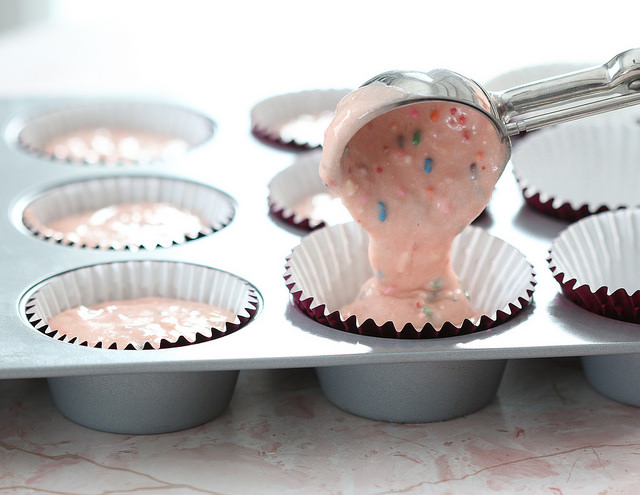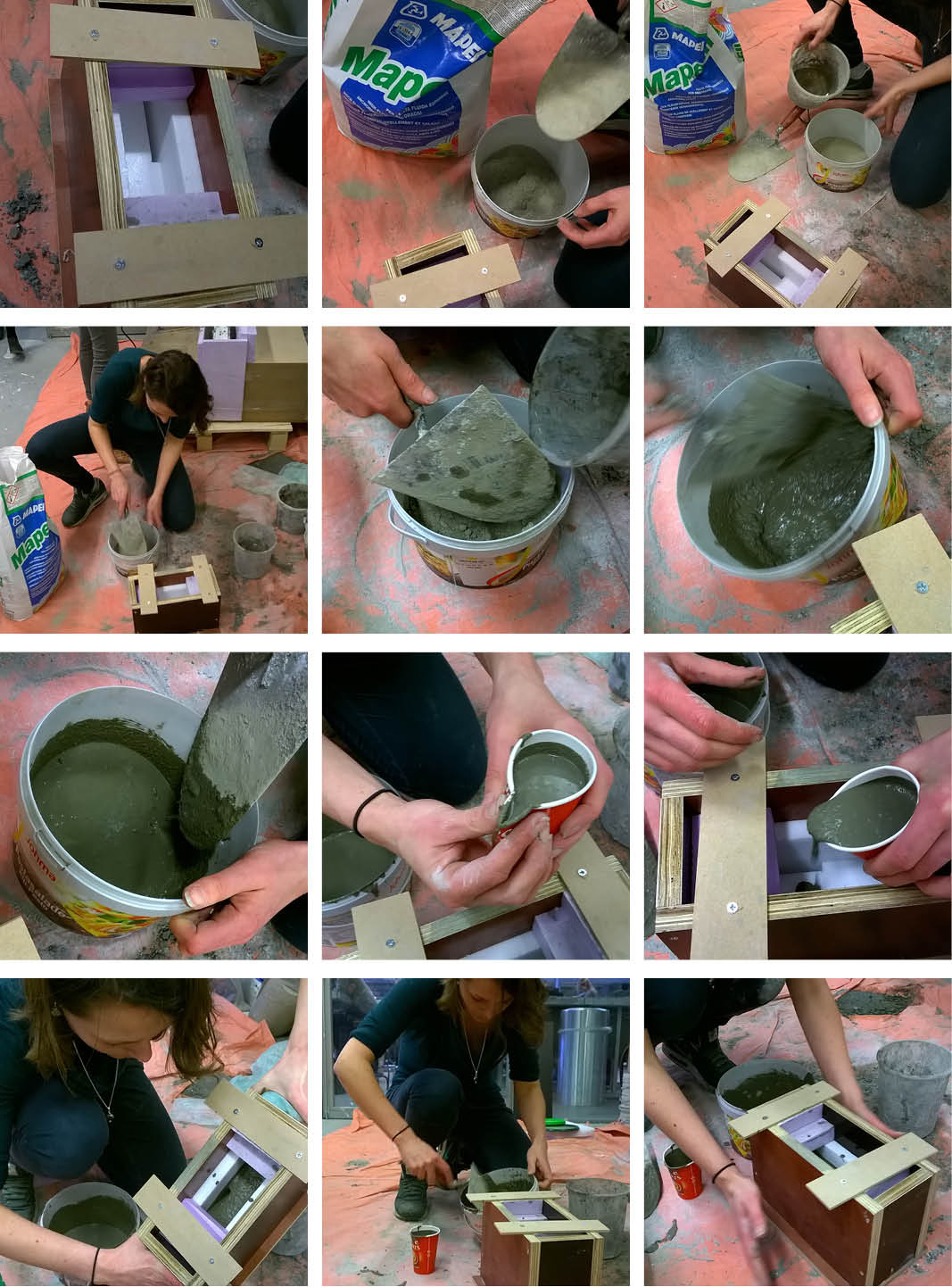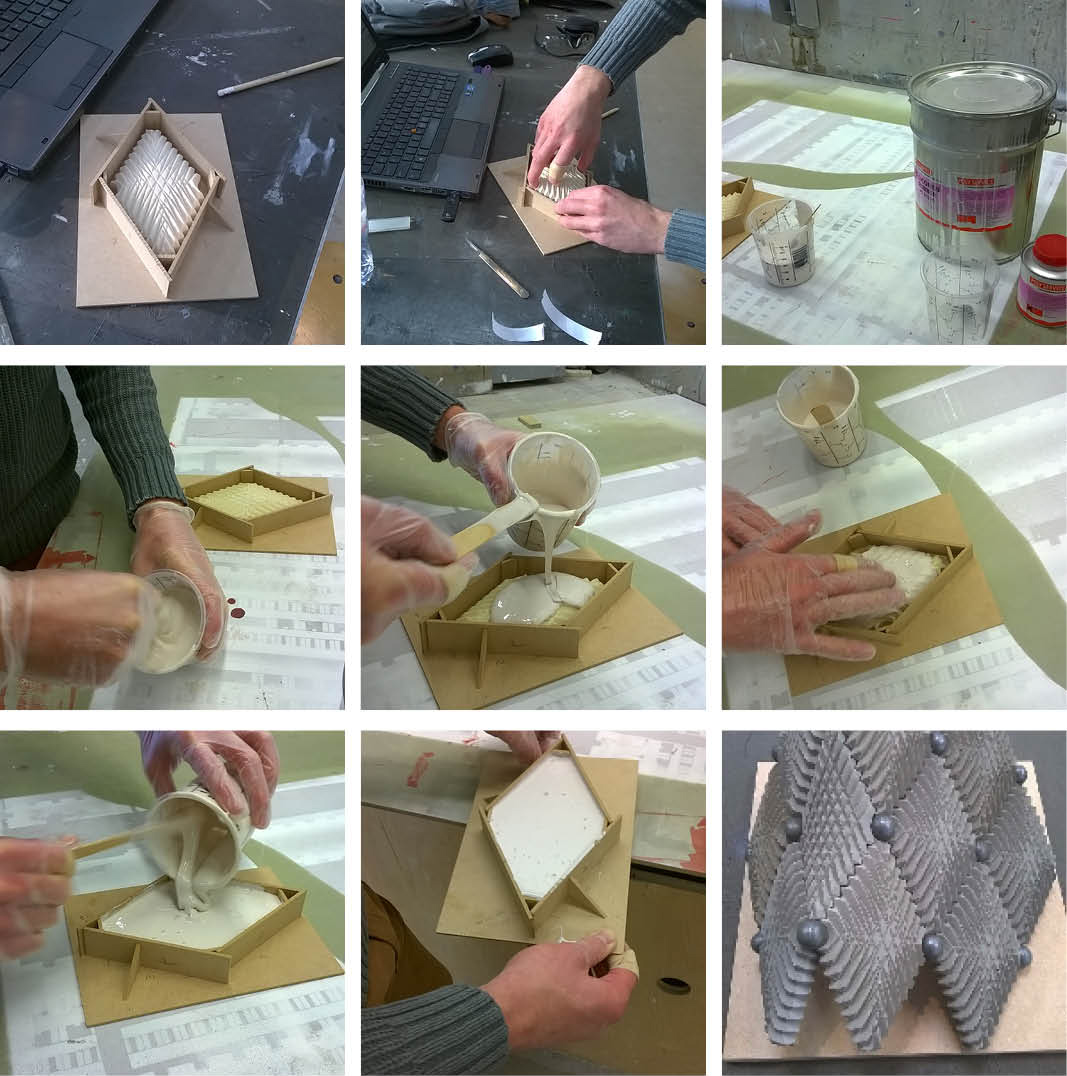3.2.6 Extra Info: Casting
Course subject(s)
Module 3 – Digital 3D Models
In Module 3, 4, 5, and 6 we have added some extra information about specific Model Making Techniques. This is not related to the main topic of the week and it is not a technique that you are required to use in the challenges. It is just to provide you with some extra knowledge about possible methods of making models that you may wish to try out in the future.
This week we will talk about Casting.
Casting for model making
Depending on how you look at it, casting a slurry might seem like a a dirty, inaccurate, crude or DIY technique. But it doesn’t need to be any of those. Look around you. More things than you think have probably been cast in some way or another; concrete building components, tiles, a lot of glass objects, not to mention all the plastic objects that you use every day which are made by injection moulding… even cakes and cookies.

(CC) Shari’s Berries on Flickr
There are several casting techniques useful for model making. The advantages of these include that the cast is:
- Monolithic. Whether for structural needs or for visual quality, the resulting parts have the appearance of one solid object.
- Reproducible. When you design and produce a reusable mould you’ll be able to make a series of the same objects.
- Colourable. Concrete, plaster and resin slurry can be coloured.
- Imperfect. This might sound like a strange advantage, but in a design process, the unpredictable nature of the technique can work to your advantage.
- Very specific – depending on the material properties of the cast medium. For example: Plaster for high detail. Concrete for load-bearing capacity or rough look. Resin for transparency. Silicone for elasticity.
Below you find some examples that give an impression of casting processes. These are all practicable at home, but if you do, you must prepare well:
- The mould should be “water tight” and removable.
- Get hold of all substances and tools you need.
- Always read the instructions on the package (mixing ratios / safety instructions).
- Take into account protection from stains (clothing / workshop / tools).
- Take into account safety (skin and respiration, especially in the case of resin).
Casting concrete (or plaster)

Source: Clara Jansen’s repeated casting process (from our department’s blog).
Casting resin

Source: Clara Jansen’s use of resin as water surface in her graduation model (from our department’s blog).
Casting silicone

Source: Sjim van Beijsterveldt’s silicone rubber moulds for repeated concrete casting (from our department’s blog).

Models in Architecture by TU Delft OpenCourseWare is licensed under a Creative Commons Attribution-NonCommercial-ShareAlike 4.0 International License.
Based on a work at https://ocw.tudelft.nl/courses/models-architecture-design-physical-digital-models/.



